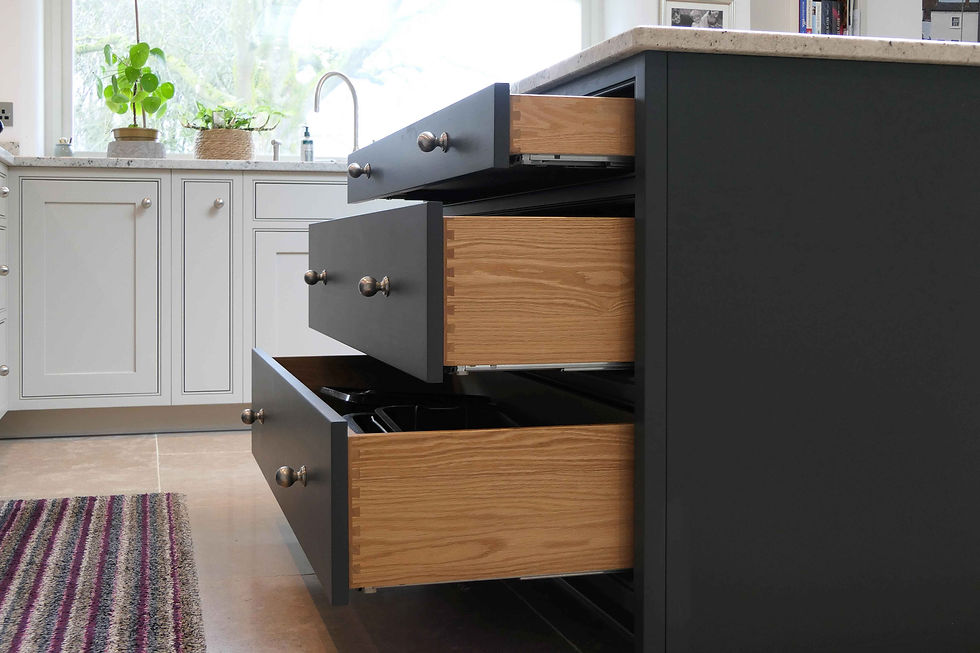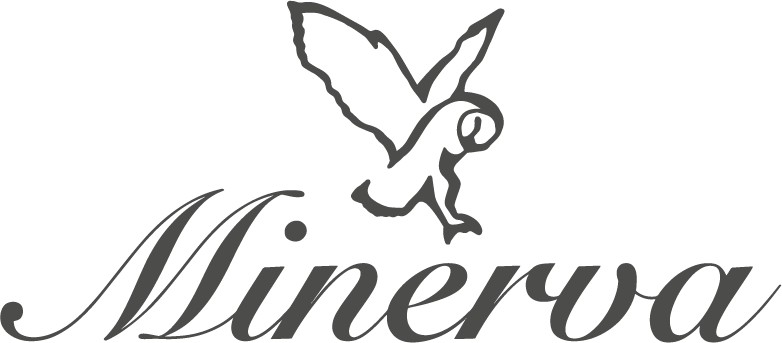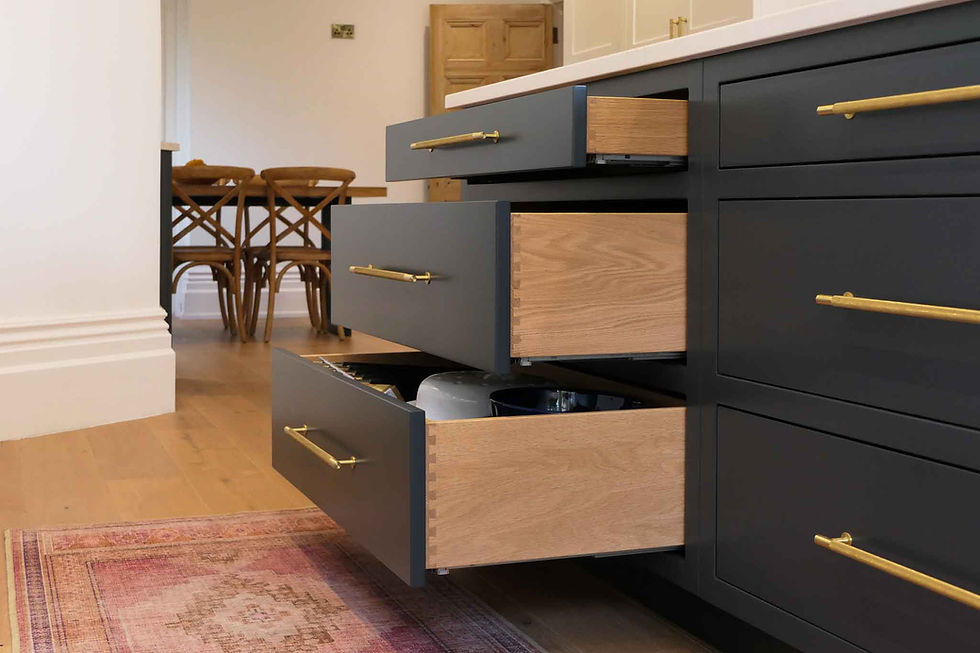The Beauty of Dovetailing: A Signature of Craftsmanship
- lventham9
- Jul 31
- 2 min read
At Minerva, every kitchen we create is rooted in craftsmanship — not just in the way it looks, but in the way it's built. While many details of bespoke cabinetry are appreciated at a glance, some only reveal themselves once you open a drawer or run your fingers along a joint.
One such hallmark is the humble yet extraordinary dovetail joint. It's a detail that often goes unnoticed but says everything about how we work.

What is Dovetailing?
A dovetail joint is a series of precisely interlocking cuts — traditionally known as 'tails' and 'pins' — that join two pieces of wood together without the need for screws or nails. The shape is instantly recognisable: wide at one end, narrow at the other, much like the tail feathers of a bird (hence the name). Once glued and tapped into place, the joint becomes incredibly strong and near impossible to pull apart.
It's a technique that dates back thousands of years. In fact, examples of dovetailing have been discovered in ancient Egyptian furniture and tombs, standing as a testament to its longevity. In English cabinetmaking, it began appearing more commonly around the mid-17th century and has remained a symbol of traditional craftsmanship ever since.

Our Dovetailing Process
At Minerva, we dovetail every drawer we make — whether it's crafted in oak or walnut, painted or natural. In the past, these joints would have been cut entirely by hand using fine saws and chisels, a meticulous process requiring hours of focus and skill. Today, we use a dedicated dovetailing machine that allows for greater consistency while still producing the same timeless joinery that feels rich with character.
Once the dovetails are cut, our workshop team hand-assembles each drawer box. Every piece is aligned, tapped into place, and finished with precision. The result is a drawer that feels beautifully solid and effortlessly smooth in motion — a small but significant joy that makes using your kitchen each day feel special.
Why It Matters
Beyond aesthetics, dovetailing provides exceptional strength. This type of joint is naturally resistant to pulling forces, which means drawers won't loosen or shift even after decades of use. They're also more resistant to changes in humidity and temperature — perfect for busy kitchens where durability matters as much as design.
But perhaps more than anything, dovetailing is a detail that reflects care. It's not a shortcut. It's not something you find in flat-pack or mass-produced furniture. It's a choice — one that quietly says: this piece was made for you, and it was made to last.

Dovetailing is just one of many traditional techniques we continue to use because it works — and because it elevates every project we touch.
Curious to see more of our craftsmanship in person? You can explore our dovetail drawers and other beautifully made cabinetry by Visiting Our Hereford and Stratford-upon-Avon Showrooms. Or, if you're just beginning your kitchen journey, Order A Kitchen Brochure to get inspired by our latest designs.
Thanks for reading!
Laura x




Comentários